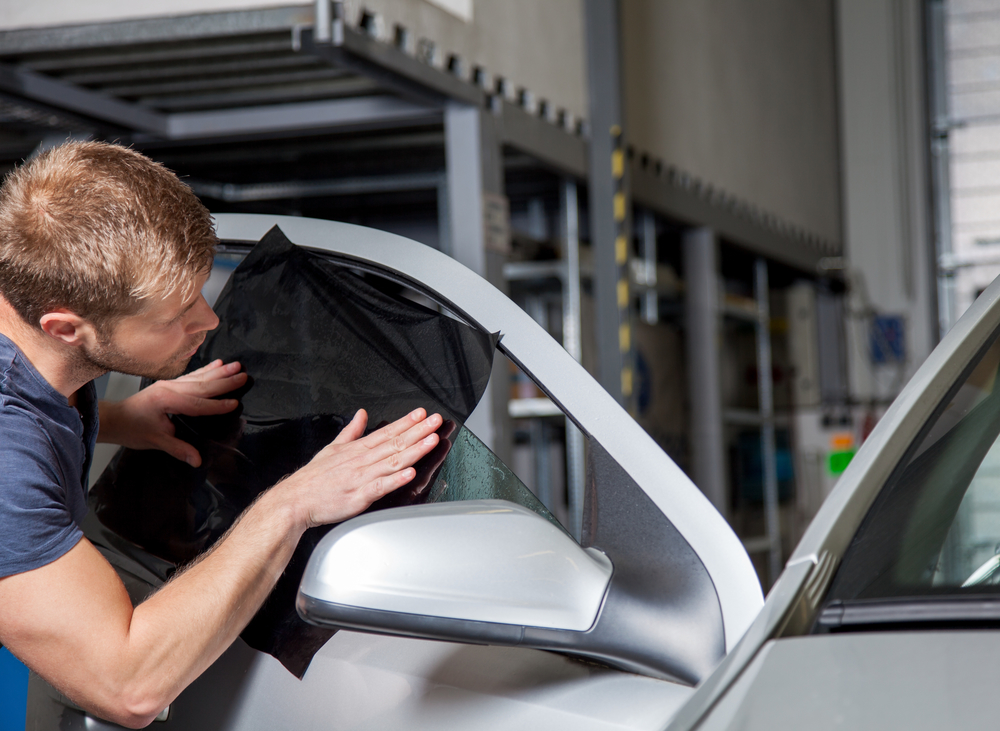Window tint is an attractive upgrade for your car, but is it legal?
Before you spend money making changes to your auto glass, do some research. In Utah, you can get window tint and still avoid a rejection sticker when you visit the motor vehicle registry for an inspection. You just need to know the rules.
Why Do You Want It?
Window tint offers both aesthetic and functional benefits. The visual appeal is the most obvious reason car owners want to tint their windows. Many people love the way it looks. It transforms your stock vehicle into a sleek, personalized ride. It helps your windows blend better with darker trim, and makes them stand out from chrome finishes.
The functional benefits are a major advantage too.
First off, tinted windows offer privacy. No prying eyes at stoplights can see in, but you can still see out. Second, it helps reduce the physical discomfort of living hot, dry Utah. The sun beats down here mercilessly, but window tint reduces heat absorption inside your vehicle. In fact, it’s the product’s central purpose.
Recent changes to state laws make it a finable offense to leave your car idling beyond two minutes in Salt Lake City. You can’t keep your A/C on while you run into the store, but you can trust your tinted windows will help block UV heat and maintain a cooler interior. It can be a major relief in the heat of the summer.
Utah’s Current Law
Regardless of the reasons you want to modify your windows, everyone has to abide by the rules. Utah law states that windows behind the driver and front passenger sides have no limitations on tinting.
When it comes to the driver and passenger windows, restrictions get more complicated. You can add tint, but it must allow at least 43 percent of light in. No tint is allowed on the windshield, except for a 4-inch strip at the top of the auto glass, or to the AS-1 line.
How Does the Law Compare to Neighboring States’?
Many drivers have issues passing Utah’s vehicle inspections, especially when they are relocating from a neighboring state. Utah’s vehicle laws are stricter than surrounding states’. Idaho and Nevada require at least 35 percent of light allowed in, Wyoming requires 28 percent, Colorado 27 percent and New Mexico requires the least at 20 percent.
If you’re concerned about whether your modified, tinted auto glass will pass inspection, talk to a qualified window tint installation professional. Call Glasshopper Auto Glass — we can help assess your auto glass before you visit the motor vehicle registry.

